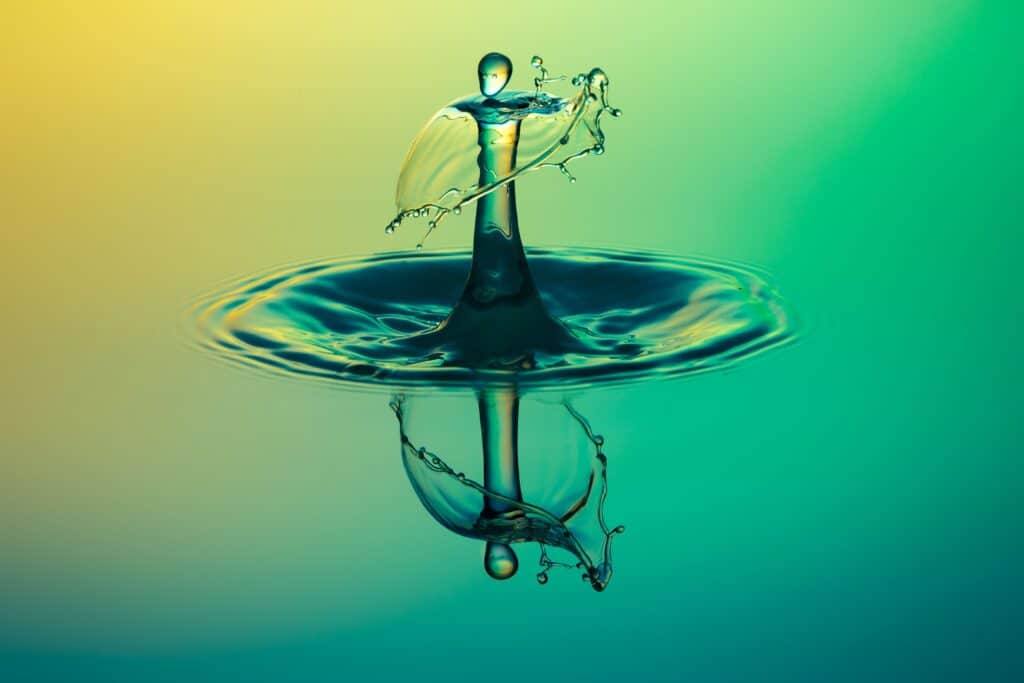The IEPS Hydrogen Project will provide southern Alberta communities and industries with reliable, economic net-zero LCI hydrogen. Initial markets include municipal (residential) natural gas heating systems; gas-fired electricity generating plants; and transportation fueling, including passenger and commercial vehicles.
The Project uses renewable electricity and electrolytic technology (electrolyzers) to split water into its constituent components of hydrogen and oxygen. As a result LCI hydrogen can be produced without the release of any GHG emissions, or any other air, liquid or solid wastes into the environment.
IEPS plans to use a “distributed” production model, building individual LCI hydrogen production plants, based on a standardized design, as close to each customer as possible. This approach materially reduces costs and since electrolyzers are inherently scalable any single site can also be easily expanded if required.
Approximately 24 months is expected to be required to construct and commission each new LCI hydrogen plant. The initial production rates from the standardized plants will be approximately 2,100 tonnes of hydrogen annually (5 – 6 tonnes of hydrogen per day).
Electricity for each facility will be obtained under long-term power purchase agreements (“PPAs”) with renewable power producers connected to the Alberta electricity grid. Water for the Project has already been sourced, under long-term licence, with sufficient water under contract to produce 55,000 plus tonnes of LCI hydrogen annually.
Each facility will also target “net-zero” emissions status with all GHG emissions independently verified. As the electrolytic process produces no Scope 1 GHG emissions and the use of renewable electricity eliminates Scope 2 emissions, this goal is eminently achievable. Any residual Scope 1, 2 or 3 GHG emissions that cannot be immediately addressed will be offset using Renewable Energy Credits (RECs).



